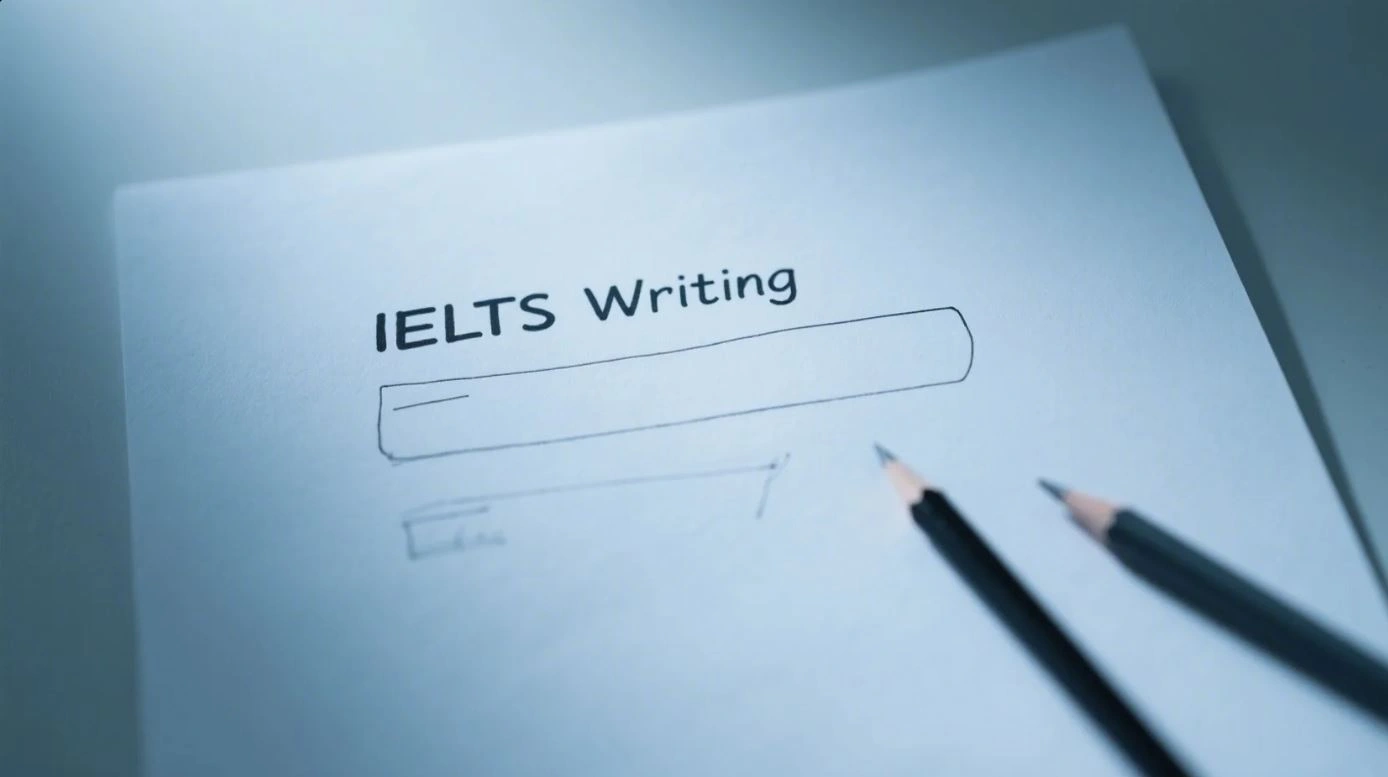Luyện tập IELTS Reading ngày 21 có chủ đề: The History and Impact of the Industrial Revolution. Bài này thuộc chuỗi IELTS Reading: 30 chủ đề luyện tập. Mỗi bài này luyện tập khoảng 30 phút.
Học lại bài cũ: IELTS READING Day 20: The Importance of Space Exploration for Scientific Research.
Đọc bài IELTS Reading và trả lời câu hỏi ở bên dưới
The Industrial Revolution, which began in the late 18th century, was a period of profound change that transformed economies from primarily agrarian to industrialized. It originated in Great Britain and rapidly spread across Europe, North America, and eventually, much of the world. This era not only revolutionized the production process but also had far-reaching social, economic, and environmental impacts.
Early Beginnings and Key Innovations
The Industrial Revolution started around 1760 in Britain, where advances in technology, transportation, and communication systems contributed to a shift from hand-production methods to machines. One of the first significant innovations was the spinning jenny, invented by James Hargreaves in 1764, which greatly increased the speed at which yarn could be produced. This was followed by the steam engine, perfected by James Watt in 1776, which revolutionized not only textile production but also transportation and other industries.
Factories were established to house large machinery, leading to the creation of urban centers where laborers worked in mass production. This marked a major shift from rural, agrarian societies where people worked primarily on small family farms. The mechanization of industries, particularly in textiles and iron production, was the hallmark of the early Industrial Revolution.
Social and Economic Impacts
The transformation from rural to urban living had significant consequences. The availability of factory jobs in cities led to mass migrations from the countryside. However, this urbanization came with problems such as overcrowding, poor sanitation, and harsh working conditions in factories. Workers often labored for long hours in dangerous environments, with little regard for safety or health.
Economically, the Industrial Revolution resulted in the rise of a capitalist economy, where wealth was increasingly concentrated in the hands of factory owners and industrialists. At the same time, the labor class struggled with poverty and lack of rights. This growing economic disparity eventually led to the formation of labor unions, strikes, and demands for worker protections, including shorter working hours and safer conditions.
Global Expansion and Environmental Effects
As the Industrial Revolution spread beyond Britain, other countries embraced industrialization. In the United States, for example, the development of the railroads and large-scale manufacturing allowed for the expansion of markets and the rise of new industries, such as steel and oil. In Europe, nations like France, Germany, and Belgium also underwent rapid industrial growth, although at a slightly slower pace.
However, industrialization came with environmental consequences. The use of coal as a primary source of energy led to significant air pollution, while the rapid expansion of factories and urban areas resulted in deforestation and the degradation of natural landscapes. The environmental costs of the Industrial Revolution were often overlooked at the time but have since become a focal point of discussions on industrial practices.
The Legacy of the Industrial Revolution
The Industrial Revolution laid the foundation for modern industry and the global economy. It ushered in new technologies, created vast wealth, and changed the way people lived and worked. However, it also introduced many challenges, including social inequality and environmental degradation, which continue to be relevant today.
Despite its mixed legacy, the Industrial Revolution remains one of the most important periods in human history, fundamentally transforming every aspect of society.
Từ vựng
- Industrial Revolution – Cách mạng Công nghiệp
- agrarian – thuộc nông nghiệp
- industrialized – công nghiệp hóa
- economies – nền kinh tế
- innovation – sự đổi mới
- spinning jenny – máy kéo sợi Jenny
- steam engine – động cơ hơi nước
- textile – dệt may
- machinery – máy móc
- urban centers – trung tâm đô thị
- mass production – sản xuất hàng loạt
- mechanization – cơ giới hóa
- urbanization – đô thị hóa
- migration – di cư
- overcrowding – quá tải dân số
- sanitation – vệ sinh
- working conditions – điều kiện làm việc
- capitalist economy – nền kinh tế tư bản
- labor unions – công đoàn lao động
- strikes – đình công
- protections – bảo vệ (quyền lợi)
- global expansion – mở rộng toàn cầu
- pollution – ô nhiễm
- deforestation – nạn phá rừng
- degradation – sự suy thoái
- natural landscapes – cảnh quan thiên nhiên
- legacy – di sản
- social inequality – bất bình đẳng xã hội
- environmental degradation – sự suy thoái môi trường
- technologies – công nghệ
Câu hỏi IELTS Reading The History and Impact of the Industrial Revolution
1-5: True/False/Not Given
Do the following statements agree with the information in the reading passage? Write:
- True if the statement agrees with the information.
- False if the statement contradicts the information.
- Not Given if there is no information on this.
- The Industrial Revolution began in the United States.
- The spinning jenny was one of the first significant innovations of the Industrial Revolution.
- Most workers during the Industrial Revolution had safe working conditions.
- Coal was the primary source of energy during the early Industrial Revolution.
- Labor unions were formed as a result of improved living conditions during the Industrial Revolution.
6-8: Matching
Match each innovation with its corresponding inventor:
A. James Watt
B. James Hargreaves
C. Richard Arkwright
- Steam engine
- Spinning jenny
- Water frame
9-13: Multiple Choice
Choose the correct letter, A, B, C, or D.
- The Industrial Revolution initially transformed economies from:
A. Urban to rural
B. Agricultural to industrial
C. Socialist to capitalist
D. Traditional to modern - Which of the following was a direct result of urbanization during the Industrial Revolution?
A. Safer working conditions
B. Overcrowded cities
C. Improved sanitation
D. Reduced poverty - Which country was the first to experience the Industrial Revolution?
A. France
B. Germany
C. Britain
D. The United States - The Industrial Revolution primarily used which energy source?
A. Wind power
B. Solar energy
C. Coal
D. Oil - What is considered a major negative consequence of the Industrial Revolution?
A. Increased wages for all workers
B. A decline in capitalist economies
C. Environmental damage
D. A decrease in global trade
Đáp án IELTS Reading The History and Impact of the Industrial Revolution
1-5: True/False/Not Given
- False – The passage states that the Industrial Revolution began in Great Britain, not the United States.
- True – The passage mentions that the spinning jenny, invented by James Hargreaves, was one of the first significant innovations.
- False – The passage indicates that working conditions were dangerous, with little regard for safety or health.
- True – The passage states that coal was the primary source of energy during the Industrial Revolution.
- False – Labor unions were formed due to harsh working conditions, not improved living conditions.
6-8: Matching
- A. James Watt – Steam engine
- B. James Hargreaves – Spinning jenny
- C. Richard Arkwright – Water frame
9-13: Multiple Choice
- B – Agricultural to industrial
- B – Overcrowded cities
- C – Britain
- C – Coal
- C – Environmental damage















